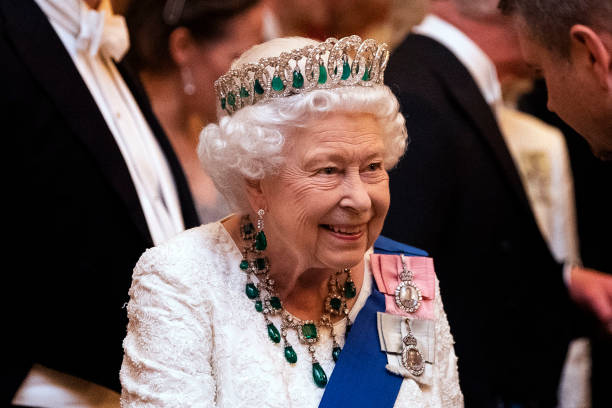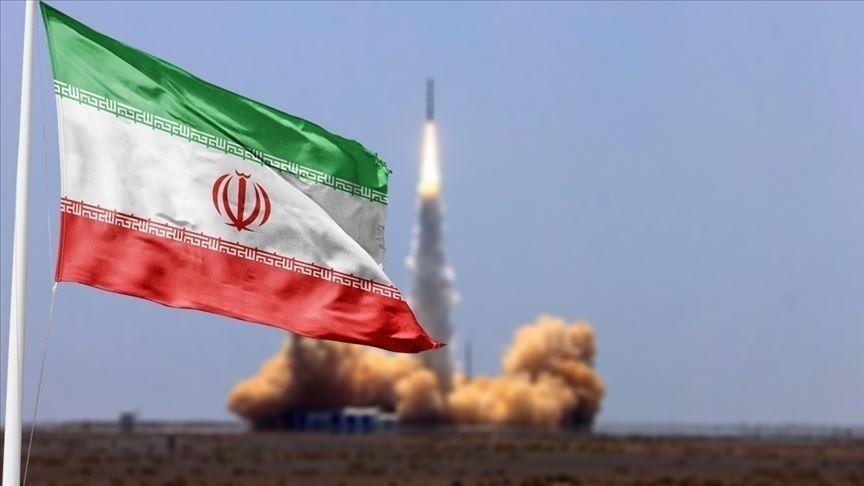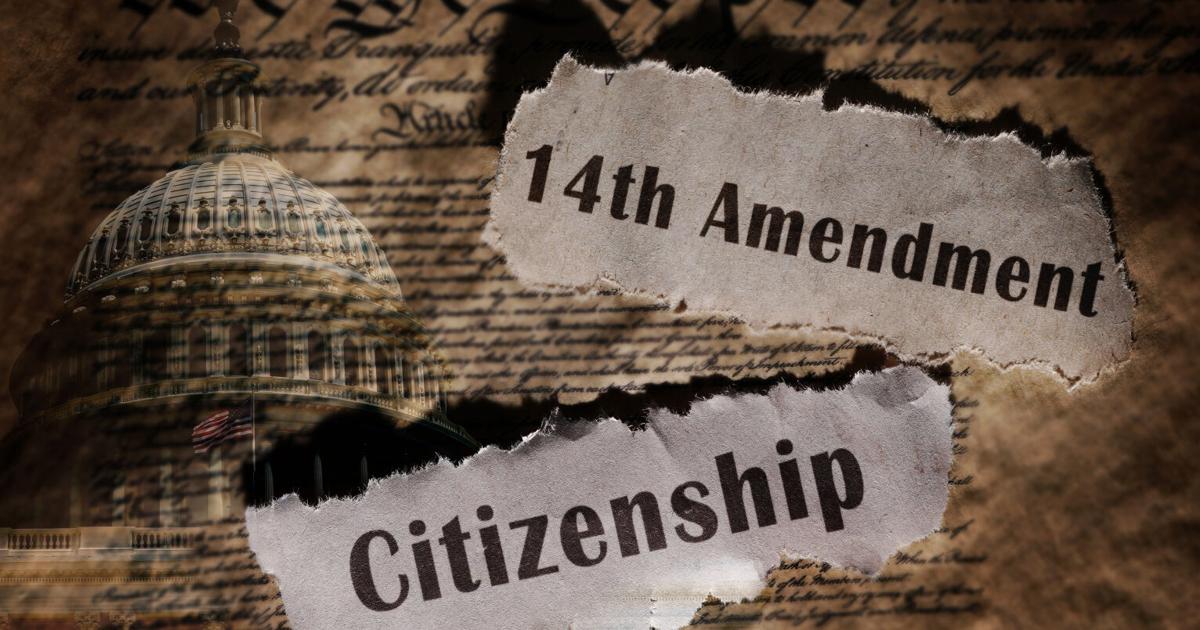(ThyBlackMan.com) As many around the world mourn the death of Queen Elizabeth II, her legacy and placement in history is being critiqued and interrogated. But not everyone is emoting with sadness now that the Queen of England is gone.
It is undeniable that Queen Elizabeth II was an icon. At 96-years-old, her reign of 70 years and 214 days was the longest of any British monarch. The late matriarch took the British throne in 1952 after the death of her father King George VI.
The Queen presided over many historically shifting moments in world history. She is reported to be the longest woman head of state in history which includes meeting 13 U.S. presidents. But while many are grieving over a woman who is one of the most storied public figures in recent history, others are frankly ambivalent, especially global members of societies who are reacting to her death under the cloud of colonialism.
One professor was very clear about how she felt regarding the Queen’s death. Dr. Uju Anya, originally from the Republic of Biafra, expressed an almost unexpected reaction when she posted on Twitter: “I heard the chief monarch of a thieving, raping, genocidal empire is finally dying.”
The Professor of Linguistics and Race at Carnegie Mellon University in Pittsburgh, Pennsylvania, then added:
“May her pain be excruciating.”
The tweet sparked an angry response from Amazon founder Jeff Bezos who fired back, “This is someone supposedly working to make the world better? I don’t think so.”
Carnegie Mellon University has yet to indicate whether it will take any disciplinary action against Dr. Anya, but expressed support for her academic freedoms while not totally supporting the professor’s sentiments.

Monarchy Riches and Slavery
Memes have been flooding the internet space with many calling for the return of some of the crown jewels after Queen Elizabeth II’s death. The crown jewels include a collection of some of the world’s most rare and expensive gemstones from India and Africa estimated to be worth about $400 million USD each. The diamonds are named “Koh-i-noor” and the “Great Star of Africa” (also called the Cullinan Diamond) respectively.
Ethiopians are demanding the return of nearly a dozen sacred altar talbots or tablets stolen from them in 1868 during the Battle at the Maqdala where the British defeated Emperor Tewodros II. The tablets are currently being held in a locked vault of the British Museum. Officials are refusing to release them to Ethiopia citing religious and legal reasons.
With an accumulation of myriad riches and wealth, the British monarchy altogether has been valued anywhere between approximately 78 to 88 billion dollars, according to brand valuation consultancy firm Brand Finance. The Queen derives her other wealth from investments such as real estate, art, and jewels. Forbes estimates this fortune at about a half billion dollars. The system of kidnapping and then enslaving Africans for free labor contributed greatly to the monarchy’s prosperity.
The monarchy once ruled over half of Africa and the royal family’s ties to slavery are recorded as far back as the 16th century. This convention of the exploitation of human capital would set the stage for where the world is today and puts the monarchy in a state of immense wealth. At the height of the British empire, a man by the name of John Hawkins was one of the earliest slaveholders who included enslaved African peoples in his cargo. Queen Elizabeth I approved his voyage. In 1562, Hawkins shipped about 300 Africans across the North Atlantic and exchanged them for material goods such as hides, sugar, and ginger returning to London in 1563.
The monarchy and British families soundly benefitted from the transatlantic slave trade incorporating what we understand as diasporic nations which span from Africa to the Caribbean to the Americas. The cities of Bristol and Liverpool were vital ports in England and served as important areas for an estimated 1.5 million enslaved people. About half of those people were taken by the British from Africa carried in ships that started their journeys from Liverpool.
Between 1690 and 1807, about 6 million enslaved Africans were taken from West Africa to the Americas on European ships. These trips were approved and protected by the British royal family and parliament. Despite some record-keeping, it’s nearly impossible to exactly know how much of the current royal family’s wealth is due to slavery. However, it is recorded that slavery profits funded the Treasury, as well as Britain’s buildings, industries, roads, train rails, and recreation parks.
The Mau Mau Uprising
Elizabeth II was the Queen of Kenya spanning 1963 to 1964. At that time, Kenya was an established state with a constitutional monarchy. British troops forcibly removed and situated hundreds of Africans into resource-poor areas. Many of the displaced were members of the Kikuyu ethnic group, who traditionally occupied the most fertile lands.
Attempts at peaceful negotiations between British soldiers dispatched by the monarchy and tribal members failed. As the colonialists forced an estimated 160,000 to be detained in prison camps, tensions grew. As a consequence, the British held and subjected suspected Mau Mau rebels to brutal treatment, including torture, at the hands of the colonial government. The British army set up concentration camps similar to Poland’s Auschwitz in Kenya. The Mau Mau launched a vicious guerrilla war in 1952 to reclaim land that was stolen by white settlers after the British founded the East African Protectorate several years back in 1895.
The death toll at that time was massive. The official number of killed rebels was approximately 11,000 people which included 1,090 hangings. The Kenya Human Rights Commission says 90,000 Kenyans were executed, tortured, or maimed during the offensive. Only 32 white settlers were killed.
One user named Mukoma Wa Ngugi remarked on Twitter: “If the queen had apologized for slavery, colonialism, and neocolonialism and urged the crown to offer reparations for the millions of lives taken in her/their names, then perhaps I would do the human thing and feel bad. As a Kenyan, I feel nothing. This theater is absurd.”
Earlier this year, protests took place during the Duke and Duchess of Cambridge’s Caribbean tour. The royal family was accused of benefitting from the slave trade and the British Empire for decades of colonization.
The Irish Grievance
Global members of the Black diasporic society are not the only people expressing mixed emotions or general apathy about the Queen’s death. The Irish share a complicated relationship with her too.
Anne Marie Quilligan, a social care worker from Ireland’s Limerick region, said on Thursday that the mixed reactions from Irish and other people whose nations suffered under the British Empire were a result of “collective trauma.”
Reservations of sadness over the Queen’s death are because Ireland and Britain share a tumultuous past. England invaded Ireland more than eight centuries ago. Since then, Ireland has suffered wars, religious conflicts, and political upheaval. Starting in 1969, about 3,600 people were killed and another 30,000 wounded in a battle for those fighting against British rule in the northern province of Ireland, and those battling to preserve and defend the union with Britain. A peace agreement was finally signed in 1998.
“Unresolved trauma can become generational,” Quilligan remarked on Twitter. “Colonisation is a trauma.”
Sympathy for the Queen
But not everyone within the African nations have been apathetic or celebratory over the Queen’s death, of course. The president of the African Union Commission, Moussa Faki Mahamat, conveyed the “deepest condolences” of the bloc “to the royal family and the people of the United Kingdom and the countries of the Commonwealth” on the death of the queen.
Observing the Queen’s death while acknowledging the disenfranchisement from the monarchy’s successes when extracting resources from diasporic nations reminded many of Lorde’s song “Royals” released in 2013 where she sang:
“… We’ll never be royals (royals)
It don’t run in our blood
That kind of luxe just ain’t for us
We crave a different kind of buzz.”
For many, that “buzz” equals reparations.
Many of us will never know or even comprehend the level of wealth and opulence members of the monarchy such as the queen have had access to over the injuries and deaths of those swept up in the monarchy and mode of imperialism. Those who would be most arguably affected from this exploitation are mainly from diasporic nations targeted by the fervent agglomeration and redistribution of resources from their lands and even the people themselves.
Just recently, the Horniman Museum and Gardens in southeast London pledged to transfer a collection of 72 items back to the Nigerian government. The Horniman’s collection is only a small portion of 3,000 to 5,000 artifacts grabbed from the Kingdom of Benin in 1897. British soldiers took the artifacts after they attacked and occupied Benin City in Britain’s quest to expand its political and commercial influence in West Africa. The British Museum alone now holds more than 900 objects from Benin. The National Museums Scotland possesses another 74. Other artifacts considered to be a part of that collection were disseminated to museums in countries around the world.
The museum confirmed that the decision comes after Nigeria’s National Commission for Museums and Monuments petitioned for the artifacts to be returned. Several meetings were held in the interests of getting part of the collection returned to their rightful origins earlier this year. Community members, artists, and young students in Nigeria and the U.K. led the conversations with British officials.
Queen Elizabeth was the queen regnant of 32 sovereign states and 15 at the time of her passing. Monday, September 19th will be the final official day of mourning over the Queen’s passing for England. After the announcement of the monarch’s death last week, her son, the man formerly known as Prince Charles, began his ascension to the throne.
King Charles III, begins his reign now that his mother is deceased. He made this statement about the Queen’s death over the weekend in part: “The death of my beloved mother, Her Majesty The Queen, is a moment of great sadness for me and all members of my family.”
According to OnAverage.co.uk, it says that the average age of a British man is 79-years-old. King Charles is reportedly 73, so, if he meets that life expectancy standard, he has roughly another 6 years of real living left — even more if he has the genetic longevity like his mother. We will see if he does something substantive, progressive, or revolutionary before his time is up. If the past is prologue, that prospect is dead too.
Staff Writer; Dr. Blackademic
One may connect with this brother via Twitter; DrBlackademic.

















Leave a Reply